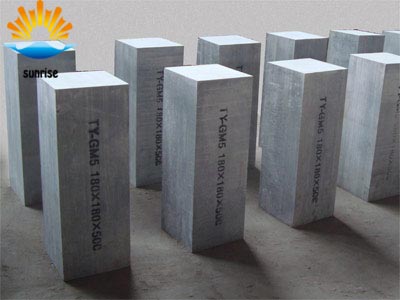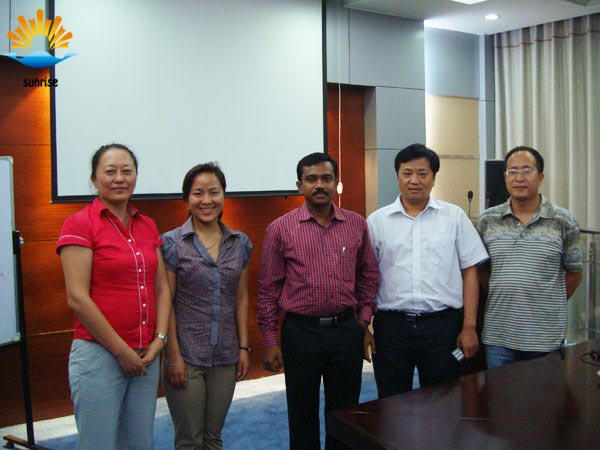
Product List
Success Case
Contact Us
- 0086 371 63838939
- 0086 371 63835539
- sales@sunriserefr.com
- tkfanyi
- No.36 Fengchan Road, Zhengzhou City

News
Lightweight heat insulation brick production methods, refractoriness, performance characteristics
- More related products
- Fused Cast AZS Block
- Fused Cast Alumina Block
- Fused Cast High Zirconia Block
- Fused Cast Skid Rail Block
Various production methods of lightweight insulation bricks:
1 Directly cut from natural porous lightweight rock into bricks;
2 Bricks made of natural or man-made porous lightweight materials;
3 Add combustible materials such as sawdust, carbonized rice hulls, polystyrene light balls into the mud, or add sublimating substances such as naphthalene, burn and volatilize to form a porous structure;
4 Add foaming agent such as rosin soap to the mud, and obtain a porous structure after firing;
5 Carbonate, aluminum powder and hydrochloric acid are added to the mud, and the gas is released through a chemical reaction to form a porous structure. In general, the second to fourth methods are more often used.
The following introduces the refractoriness and characteristics of various lightweight thermal insulation bricks:
Diatomite brick <1100°C Made from natural porous materials, it has low thermal conductivity and good thermal insulation properties.
Lightweight clay bricks are manufactured by flammability method at 1200-1400°C and are widely used.
Lightweight high-alumina bricks 1500 ~ 1350 °C foam production, heat resistance, for high temperature insulation.
Light corundum brick 1600 ~ 1800 °C Al203 content is high, the main crystal phase is corundum, can be used under reducing conditions.
Lightweight silica bricks 1220 ~ 1550 °C Load softening temperature, thermal stability.
Calcium feldspar lightweight brick 1200~1300°C The main components are CaO, Al2O3, Si02, small bulk density, good chipping resistance, and stable in reducing atmosphere.
Magnesium 1600 ~ 1800 °C Heat resistance, high temperature.
Cordierite is 1300~1500°C, small thermal expansion, good peeling resistance.
Silicon carbide 1300 °C Good resistance to erosion, good resistance to chipping, high temperature strength.
Alumina quality ≤2000°C Good thermal stability, low rate of re-calcination, use longer foaming process for ultra-high temperature furnace insulation.
Zirconite 1500 °C Low thermal conductivity, good thermal shock resistance, foam production, for ultra-high temperature furnace insulation.
Zirconia <2000°C High melting point, high resistivity, high refractive index and low coefficient of thermal expansion, produced by the foam process, for ultra-high temperature furnace insulation.

- Read more
Leave Message
For more information on any of our products please get in touch using the form below. One of our sales team will respond to your enquiry as soon as possible.

Copyright © 2014 Zhengzhou Sunrise Refractory Co., Ltd. Site Index Product Index












